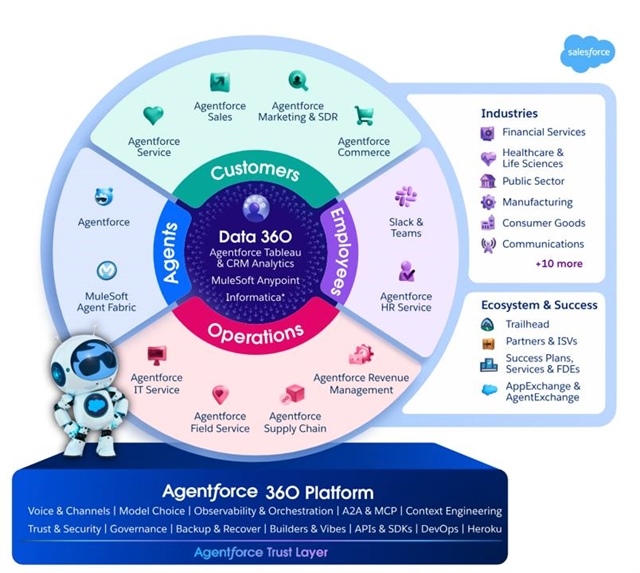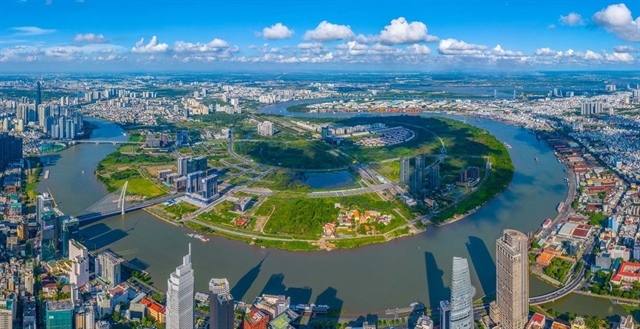Special customs checks impede business growth
Special customs checks impede business growth
Special inspection procedures on imported and exported goods do pose a major barrier for businesses as they account for up to 72 per cent of customs clearance time, officials conceded at a meeting held in Ha Noi on Monday.

A representative from the General Department of Customs said at the meeting between customs offices and enterprises that they have officially launched online public services since the beginning of March, covering 41 administrative procedures in the customs sector. The system allows firms to submit and track their application process online at all customs offices nationwide.
However, “businesses are facing difficulties in importing and exporting because of special inspections of goods, despite strong improvements in terms of administrative procedures in the sector.
“This has been one of the knots in administrative reforms of the customs sector,” he said.
The dialogue, organised by the General Department of Customs, Viet Nam Private Sector Forum (VPSF), the Ha Noi Young Enterprises Association (HanoiBA) and Ha Noi Small-and-medium Enterprises Association (HanoiSME), aimed to identify and address difficulties that businesses faced in the customs sector.
The representative said that customs clearance typically took up 28 per cent of the total time, with the remaining time taken by 72 per cent, increasing trading costs for businesses. He said the rate of cargo required to undergo special inspection before customs clearance was still high at 30 per cent. However, the rate of cargo that failed such inspections was very low at less than one per cent.
The Government has issued Resolution 19/NQ-CP to reduce this rate from 30-35 per cent to 15 per cent, but this target has not yet been met.
Statistics from the HCM City Customs Department show that last year, only 30 of more than 67,000 cargo units inspected, accounting for 0.04 per cent, did not meet food safety standards
Enterprises confirmed that they found customs clearance procedures cumbersome despite the efforts to improve and simplify them. In 2016, the customs clearance procedures were reduced by half, but the enterprises expected them to reduce further in the future.
Mac Quoc Anh, vice chairman of the HanoiSME, said customs procedures were at level 3, which means applicants can fill in and submit their forms online.
The sector should improve to level 4, where service payments can also be made online, he said. Transaction results should be available either online or by post, on request.
The online registration service at level 4 will allow people, businesses and management agencies to perform administrative formalities, submit forms, handle documents and payments and receive results using only a computer with an Internet connection, he said.
The administrative procedures for granting certificate of origin (C/O) should be implemented by the customs office, instead of the current three to five offices, Anh said.
He noted that the Prime Minister has directed that only one inspection should be carried out per year. The sector therefore should reduce inspection procedures which are costing a lot of time for exporters, he added.
Anh gave the example of steel imports being managed by the Ministry of Industry and Trade and the Ministry of Science and Technology. It took firms 30 days to complete the paperwork for a transaction, he said.
He suggested that the Government reduces special regulations issued by each ministry or other agencies.
Dao Huy Giam, VPSF’s general secretary, also said the high number of special inspections has undermined efforts to improve trade transactions through border gates while increasing the burden on businesses.
He said the VPSF planned to implement seven activities related to the list of goods under the management of ministries that require special inspections, including completing the existing set of customs regulations, building connections between concerned ministries and departments, and improving inspection methods. It would also build a tool to assess the burden of special inspections on import-export goods in order to update legal documents and make appropriate proposals to the Government, he said.





















